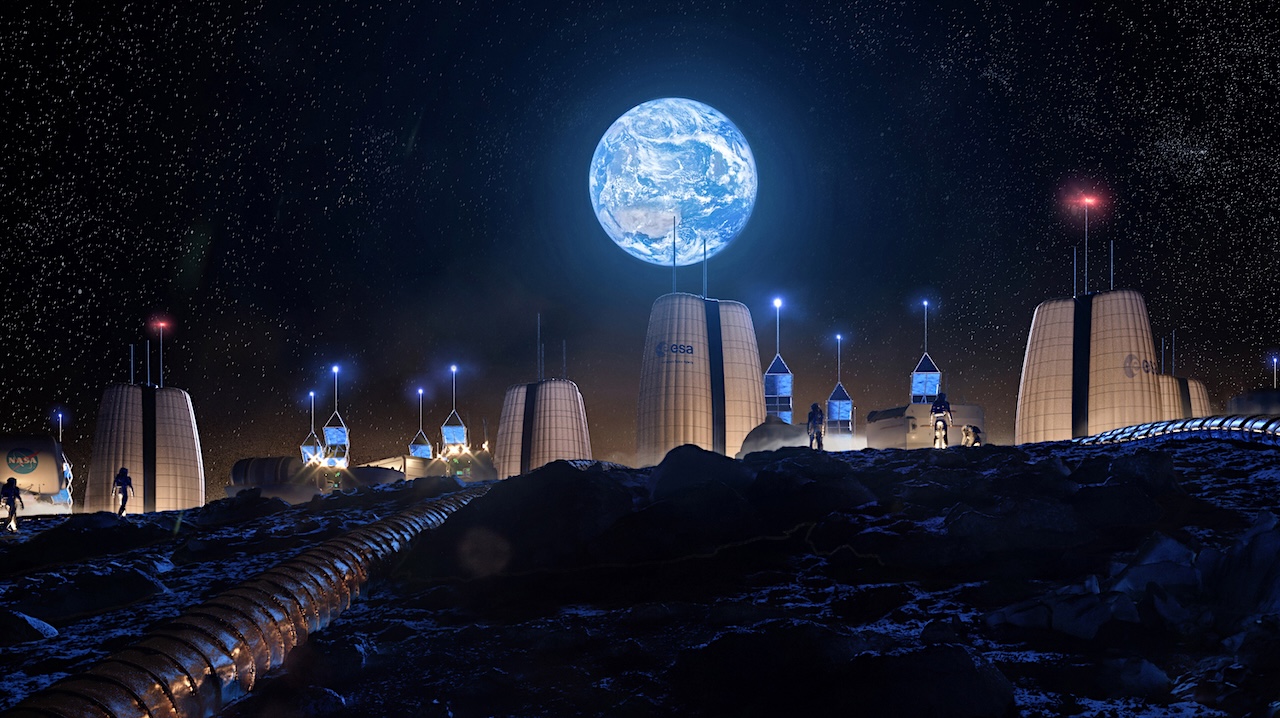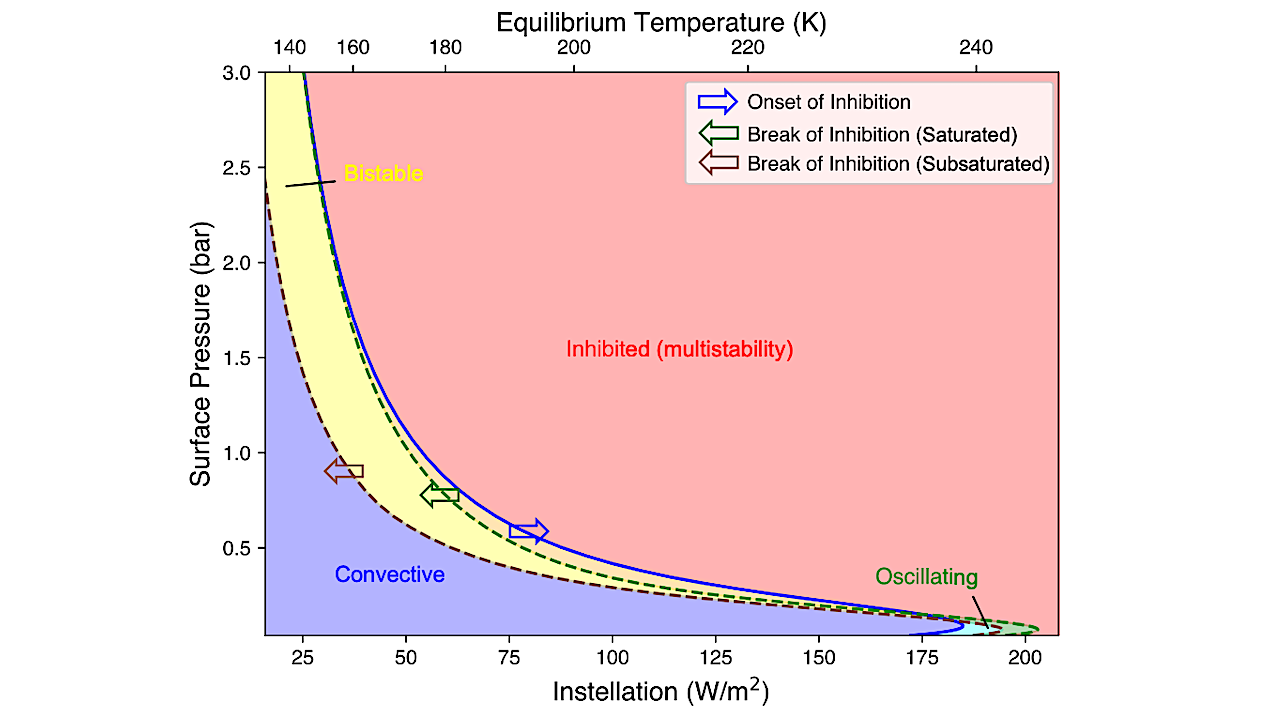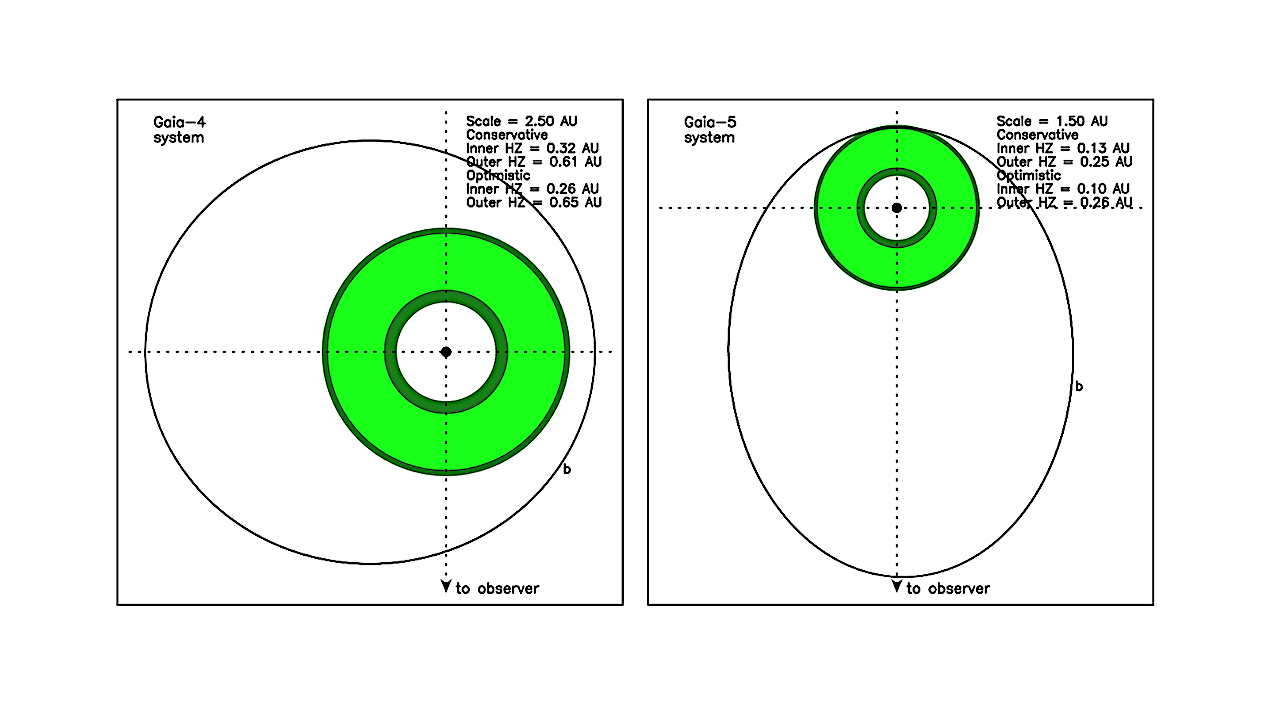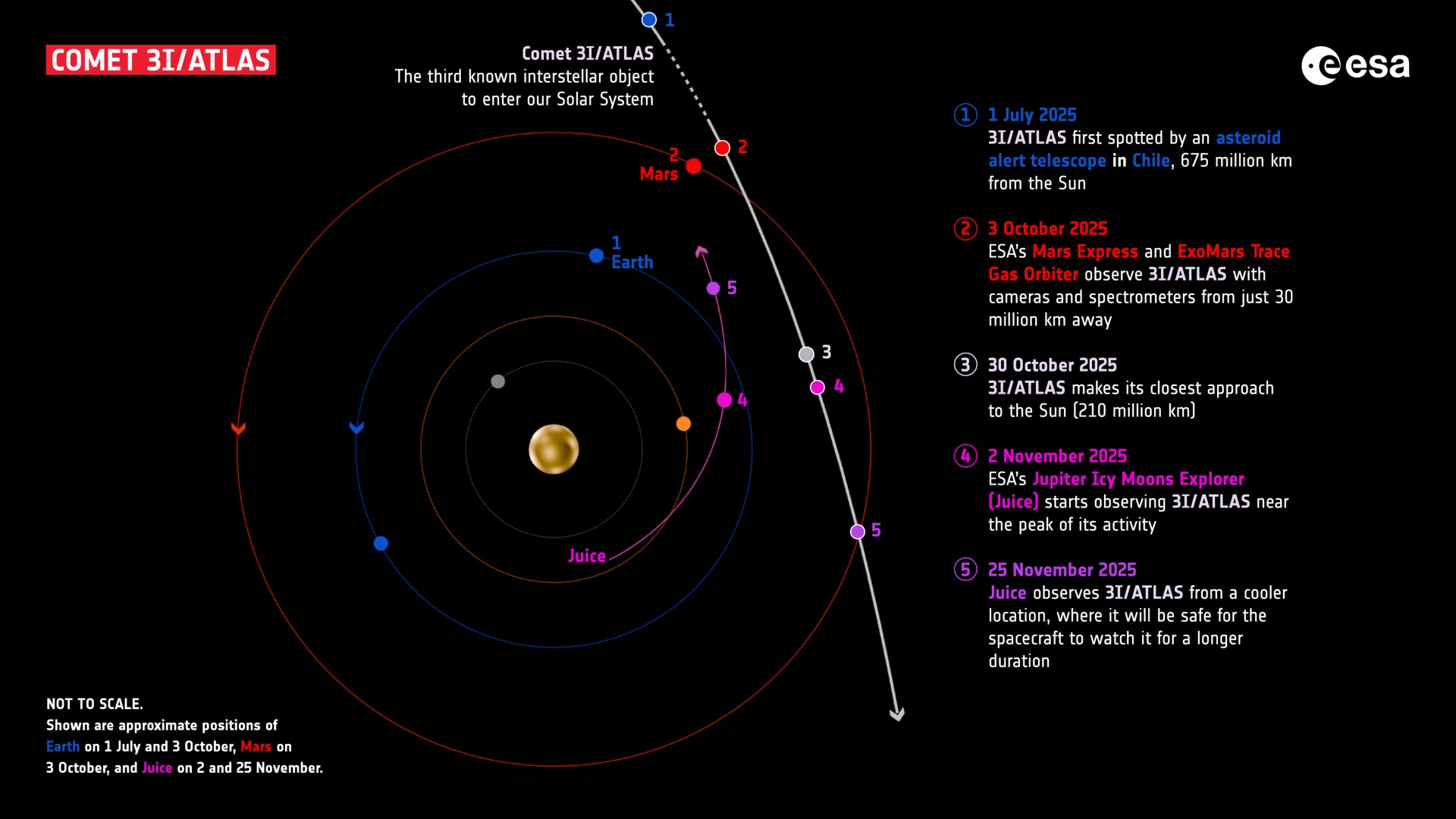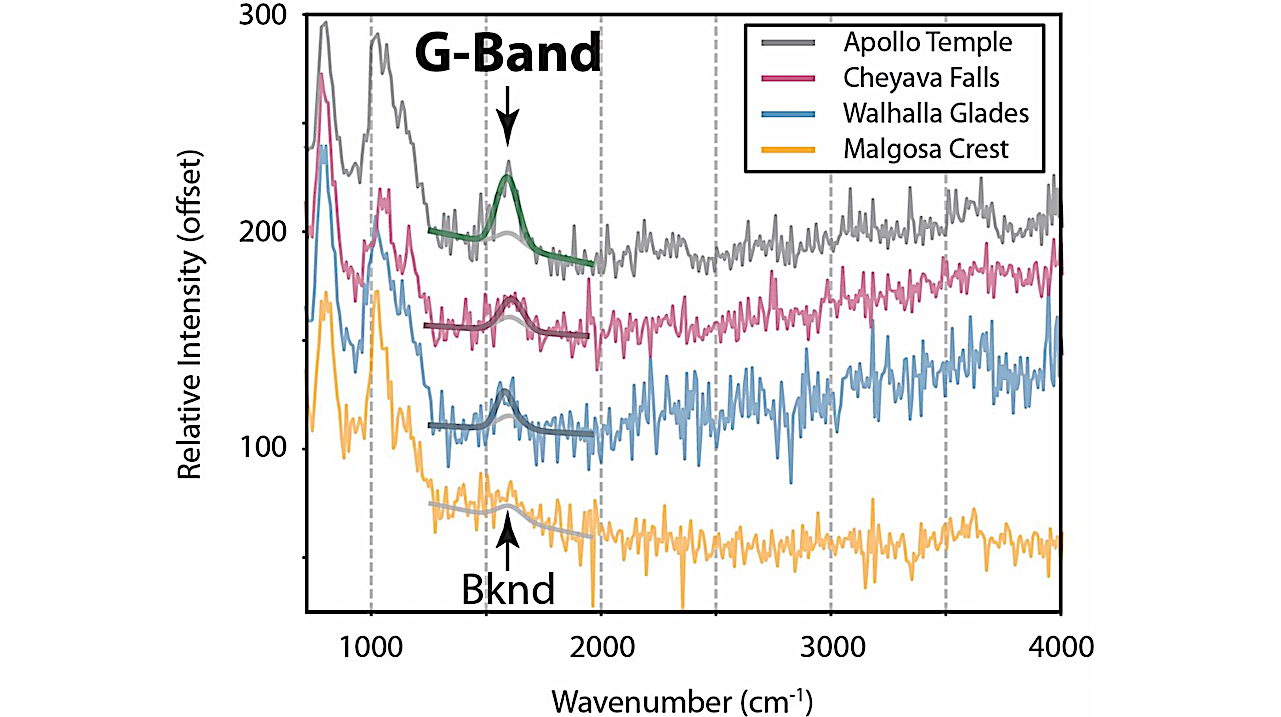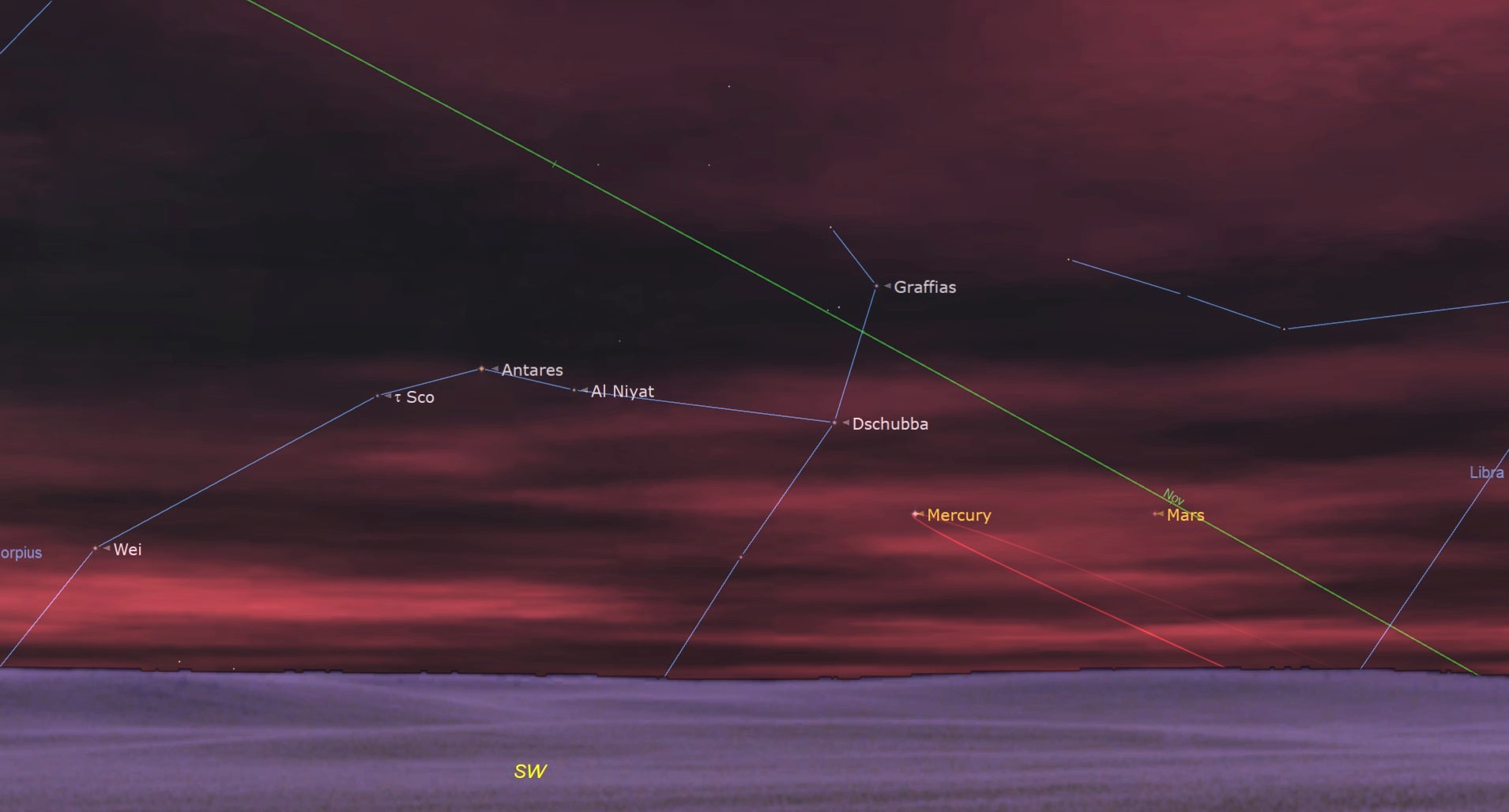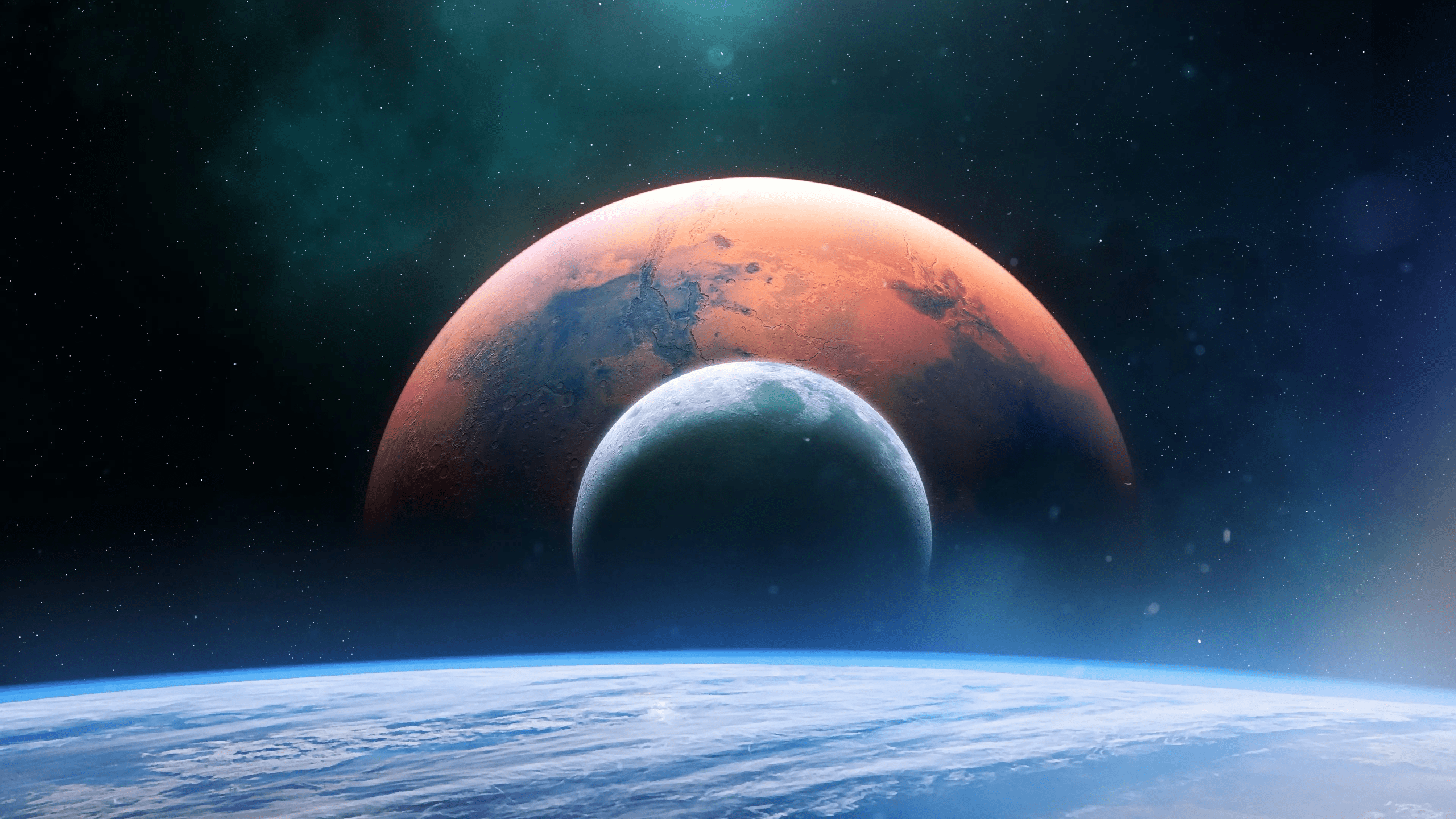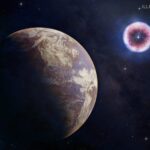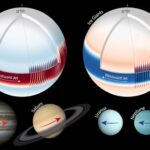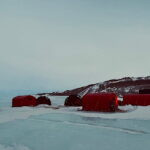Future Human Habitat On the Moon Growing Plants — ESA To stay long-term on the Moon humans will need to produce food there. Is it possible to grow plants in
Regime diagram showing four distinct climate regimes, according to our semi-analytical model. The solid blue line represents the instellation above which an atmosphere enters an inhibited state, dashed lines represent
System architectures and HZ boundaries for the Gaia-4 (left) and Gaia-5 (right) systems, showing the orbit of the planet in each case. The HZ regions are shown in green, where
The interstellar comet 3I/ATLAS is just a day away from perihelion, which is its closest point to the sun and the time around which it is expected to be most
Extraterrestrial Materials Academy (ETMA) The Extraterrestrial Materials Academy (ETMA) is scheduled for June 8–August 15, 2026, at the Lunar and Planetary Institute (LPI) in Houston, Texas, in partnership with the
This graph displays data collected by NASA’s Perseverance Mars rover from targets in a rock formation nicknamed “Bright Angel.” Scientists later determined one of those targets, a rock nicknamed “Cheyava
Applications 29/10/2025 194 views 7 likes Four teams from different countries have been recognised for their breakthrough work in using artificial intelligence to detect earthquake damage from space, marking the
An unexpected monster black hole was found hiding inside one of the Milky Way’s tiniest neighbors, rewriting what scientists thought they knew about how small galaxies hold themselves together. Segue
Mercury will reach its greatest eastern elongation on Oct. 29, marking one of the best evenings to see the planet this fall as it appears farthest from the sun’s glare
In recent years, a popular slogan in the space industry has been, “We are entering the Golden Age of space exploration.” Indeed, we have witnessed unprecedented advancements in launch vehicles,
-
 012024 in Review: Highlights from NASA in Silicon Valley
012024 in Review: Highlights from NASA in Silicon Valley -
 02Panasonic Leica Summilux DG 15mm f/1.7 ASPH review
02Panasonic Leica Summilux DG 15mm f/1.7 ASPH review -
 03How New NASA, India Earth Satellite NISAR Will See Earth
03How New NASA, India Earth Satellite NISAR Will See Earth -
 04And Thus Begins A New Year For Life On Earth
04And Thus Begins A New Year For Life On Earth -
 05Astronomy Activation Ambassadors: A New Era
05Astronomy Activation Ambassadors: A New Era -
06SpaceX launch surge helps set new global launch record in 2024
-
 07Space Force plans new ‘Futures Command’ amid pressure to speed up modernization
07Space Force plans new ‘Futures Command’ amid pressure to speed up modernization


